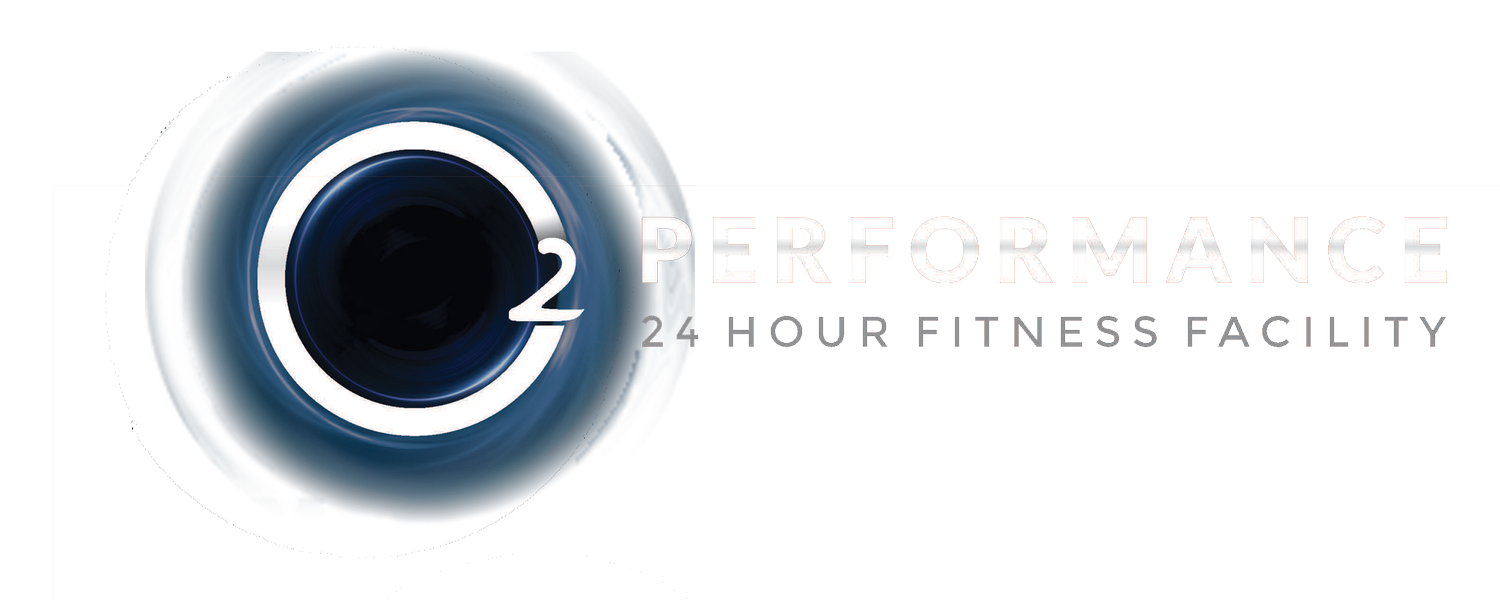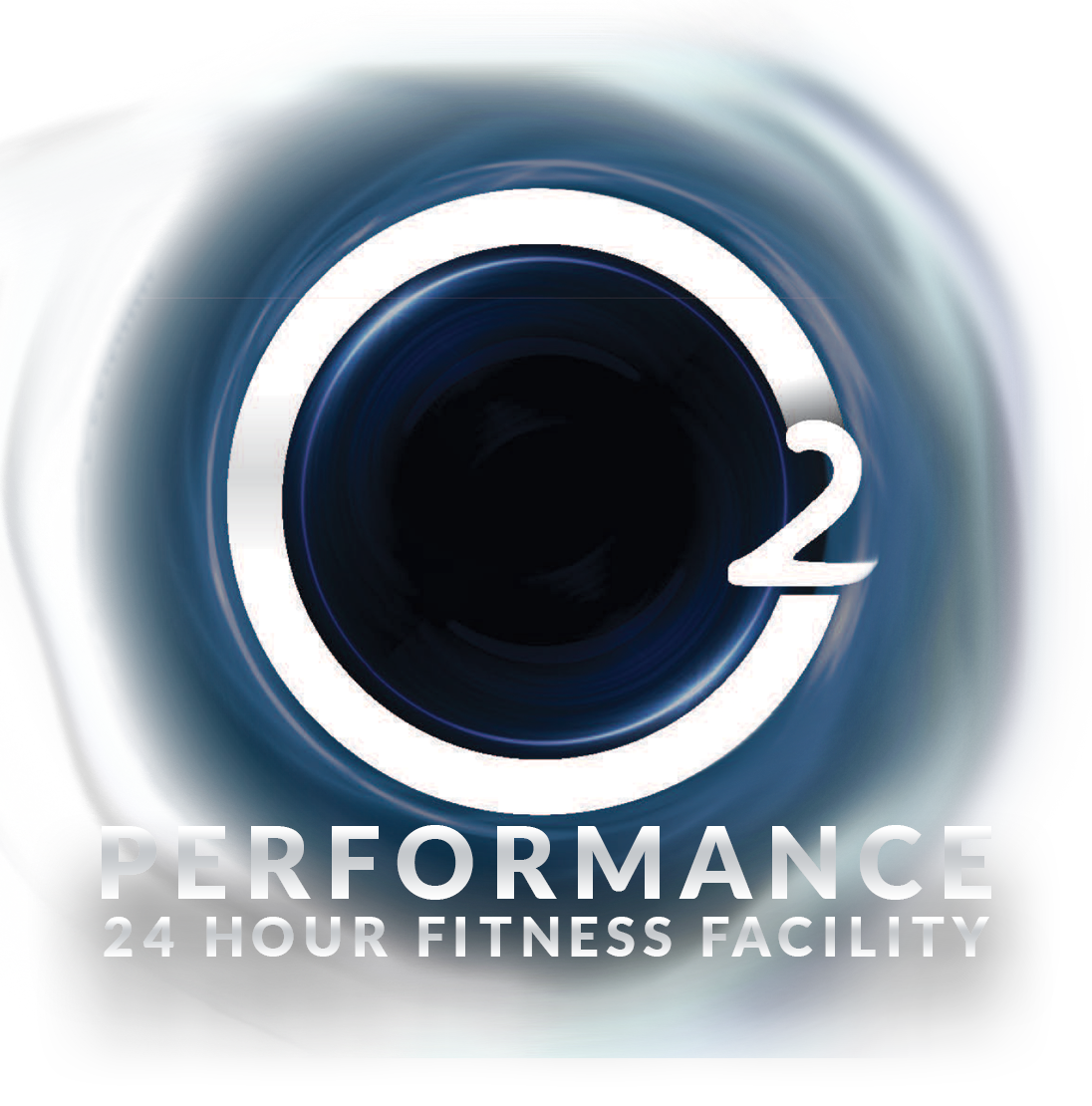Benefits of Testing Your One Rep Max in Strength Training
Strength training is a cornerstone of physical fitness, and understanding one's capabilities is crucial for progression and safety. One of the most effective ways to gauge your strength is by testing your one rep max (1RM)—the maximum amount of weight you can lift for a single repetition of a given exercise. This article explores the benefits of testing your 1RM, the key factors impacting it, and the tradeoffs and challenges involved in this practice.
Key Benefits of Testing Your One Rep Max
Benchmarking Strength: Testing your 1RM provides a clear benchmark of your current strength levels. This can be invaluable for setting realistic goals and tracking progress over time.
Personalised Training Programs: Knowing your 1RM allows for the creation of more effective and individualised training programs. Many strength training protocols use percentages of your 1RM to prescribe load, ensuring that you train within the optimal intensity range.
Motivation and Focus: Setting a specific goal, such as increasing your 1RM, can be highly motivating. It provides a tangible target to work towards, which can help maintain focus and dedication to your training regimen.
Identifying Weaknesses: Testing your 1RM can highlight areas of weakness or imbalance. This awareness allows for targeted interventions to address these issues, potentially reducing the risk of injury.
Factors Impacting Your One Rep Max
Energy Levels: Your energy levels can significantly influence your 1RM performance. Factors such as sleep quality, daily activity levels, and overall fatigue play critical roles. Ensuring adequate rest and recovery is essential for accurate testing.
Mood and Mental State: Psychological factors can affect your lifting capabilities. A positive mood and high levels of motivation often correlate with better performance. Conversely, stress and anxiety can detract from your ability to lift maximal weights.
Nutrition: Proper nutrition is fundamental to optimizing strength. Consuming sufficient calories, macronutrients, and micronutrients ensures that your muscles have the necessary fuel to perform at their best. Pre-testing nutrition strategies, such as carbohydrate loading, can also impact your results.
Tradeoffs and Challenges
Balancing Training and Recovery: Regularly testing your 1RM can be physically taxing. It is essential to balance the frequency of these tests with adequate recovery to avoid overtraining and injury. Periodic testing, integrated into a well-planned training cycle, can mitigate these risks.
Risk of Injury: Lifting maximal weights inherently carries a higher risk of injury. Ensuring proper form and having a spotter can help reduce this risk. Additionally, building a solid foundation with submaximal weights before testing your 1RM can enhance safety.
Impact of External Factors: Day-to-day variations in energy, mood, and nutrition can lead to inconsistent results. Understanding and controlling these variables as much as possible can provide more accurate and reliable measurements of your true 1RM.
Practical Considerations
Timing and Frequency: Consider the timing of your 1RM tests within your training cycle. Testing too frequently can lead to fatigue and skewed results, while too infrequently may not reflect current capabilities.
Warm-up and Preparation: Properly warming up and preparing your body is crucial before attempting a 1RM. Gradually increasing the weight with lower reps primes your muscles and nervous system for maximal effort.
Professional Guidance: Consulting with a strength coach or personal trainer can provide valuable insights and guidance. They can assist in creating a testing protocol that aligns with your individual needs and goals.
Conclusion
Testing your one rep max is a valuable tool in strength training, providing critical insights into your strength levels and informing your training approach. By understanding the factors that impact your 1RM and carefully balancing the associated tradeoffs and challenges, you can enhance your training effectiveness and achieve your strength goals safely and efficiently. Whether you are a seasoned athlete or a novice lifter, incorporating 1RM testing into your routine can offer significant benefits and drive your progress.

